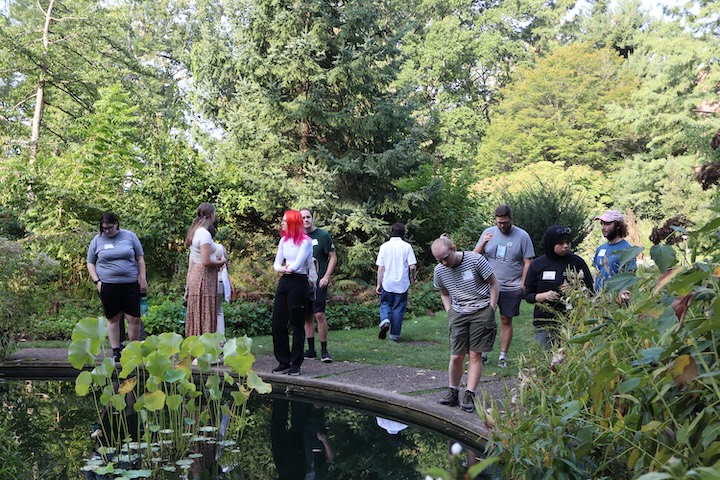Why you shouldn't worry about invasive Joro spiders
Joro spiders are starting to spread across the East Coast. They are an invasive species that likely arrived in Altanta, Ga through shipping containers from eastern Asia. The city now has a large population of the arachnid. Their success in the U.S. may be due to the similarities between the southeastern climate and their native habitat.
Joro spiders are orb weavers, like Charlotte in the beloved children's book Charlotte's Web. and have patterns like native garden spiders. However, their arrival in the U.S. has alarmed people because of their appearance: Female Joro spiders can grow up to four inches long and their coloration is black and electric yellow — a combination that often indicates danger.
Although they look like something out of a Tim Burton movie, these spiders rarely bite. Even if they did, their fangs are so small that they would have difficulty breaking human skin. Besides, on the rare occasion they do, the bite is less painful than a bee sting and doesn't need special treatment.
Human impact aside, invasive species often affect the broader ecology of an area.
The number invasive species has increased — a trend that is expected to continue thanks to global warming and increased trade. Warmer winters allow insect population to thrive, creating longer breeding seasons and an increase it
habitable areas. "We also open up new shipping lanes and longer durations of shipping. And so you can actually ship

things more easily and more cheaply from places where you might not have been able to get them from before," says Hannah Burrack, an entomologist at Michigan State University and EEB core faculty member.
Researchers don't yet know when Joro spiders will reach the northeastern U.S. and more research is needed to determine how they will affect the environment.
In the meantime, you can help contribute to research efforts. If you've see one of these spiders, you can log the sighting at Joro Watch and iNaturalist's Project Joro.
Read the story and find a link to listen to the NPR Short Wave show.



